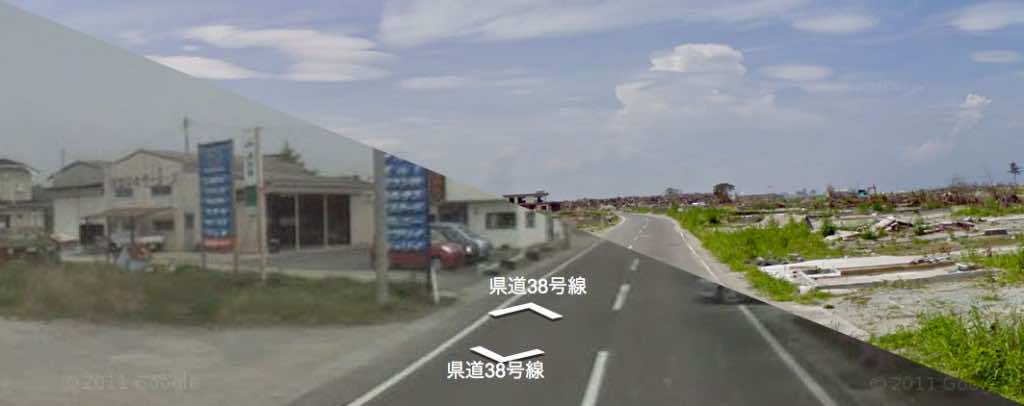Google announced a new feature for the desktop version of Google Maps, which lets users see the way things used to look a few years earlier. The feature lets you see how much things have changed since 2007 and is currently only available for desktops, though we hope to see a mobile version soon.
Viewers can go through photos of a certain location all the way back to 2007 and see just how much places have changed. Many people are interested in seeing how their neighborhoods used to look, as well as iconic landmarks which may have been destroyed by a natural disaster, and have probably asked Google if they kept a record of their older pics that they used for the Street View. Previously, Street View only showed the current state of a location with no option for seeing earlier pictures.
This new feature will allow people to track changes to not only buildings, but to landscapes, roads and neighborhoods around the globe. If you see a clock icon on a picture, you can click on it to to change the year and even the season to view pictures of as far back as 2007. Vinay Shet, Product Manager of Google Street View, said, “We’ve gathered historical imagery from past Street View collections dating back to 2007 to create this digital time capsule of the world.” She added, ” Now with Street View, you can see a landmark’s growth from the ground up, like the Freedom Tower in New York city or the 2014 World Cup stadium in Fortaleza, Brazil.”
Before the update Street View had 6 million miles worth of imagery, and now this has been increased to 12 million miles of interactive photos at sidewalk level. Google’s Street View relies on camera mounted on cars that take photos at the street level. These images are put together to provide a real world representation, which is then added to Google Maps.
While Street View is typically used as a way of being able to see directions to places as well as find locations, it is increasingly being used over the last couple of years by people described as “armchair explorers”, who view places on the other side of the world without even leaving there armchairs.

